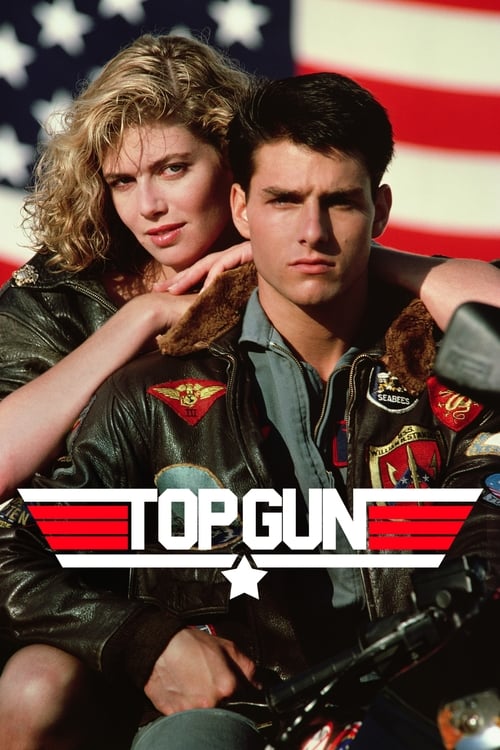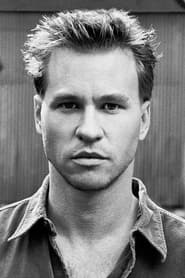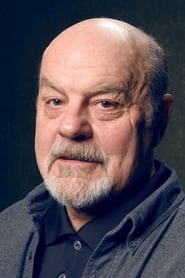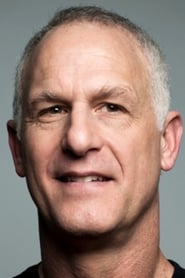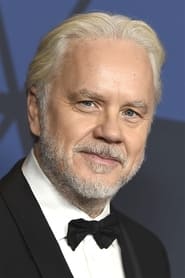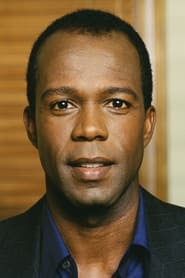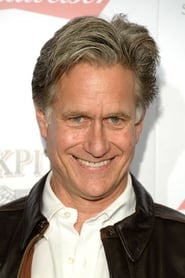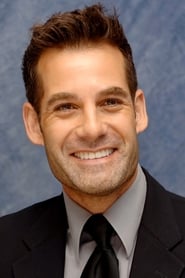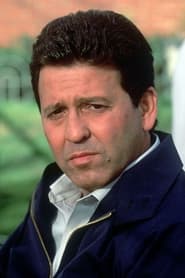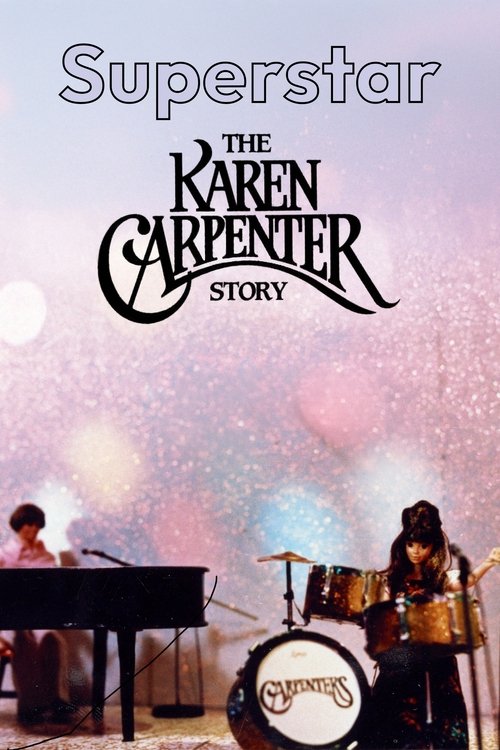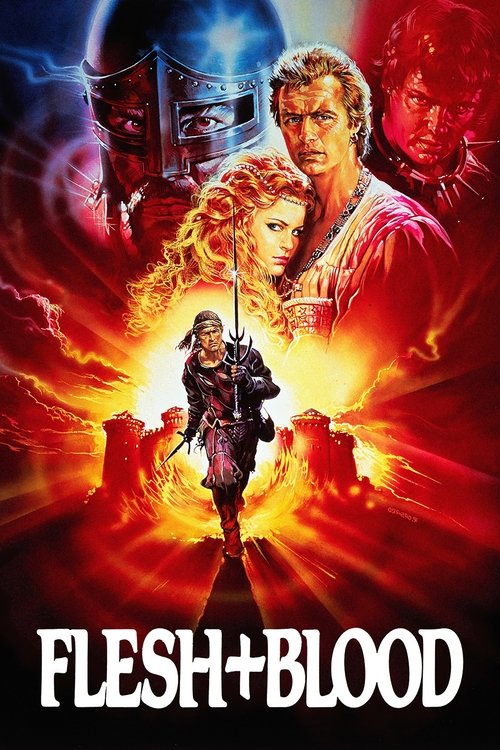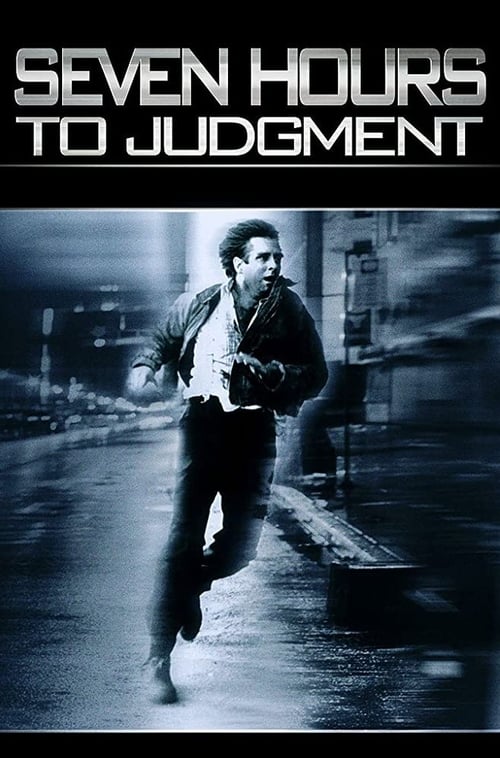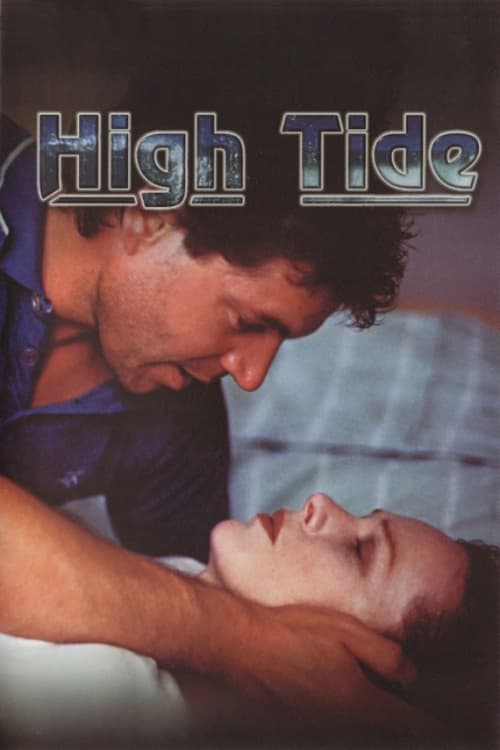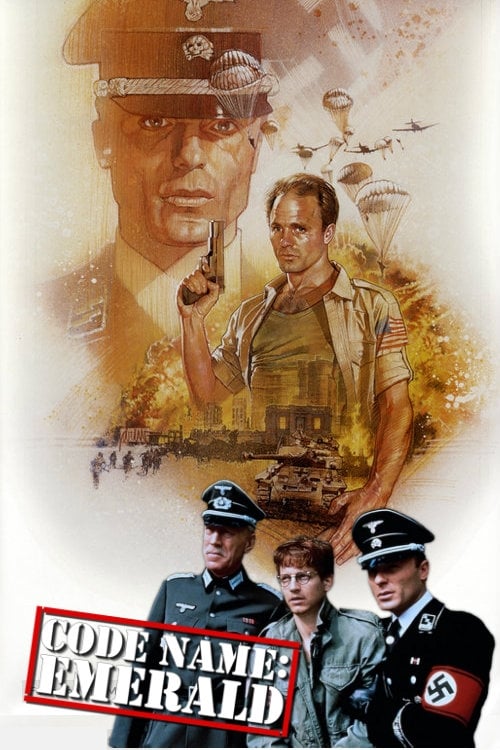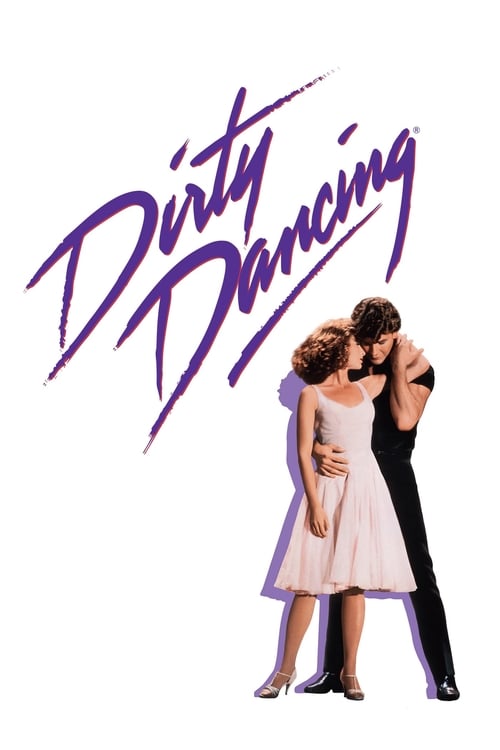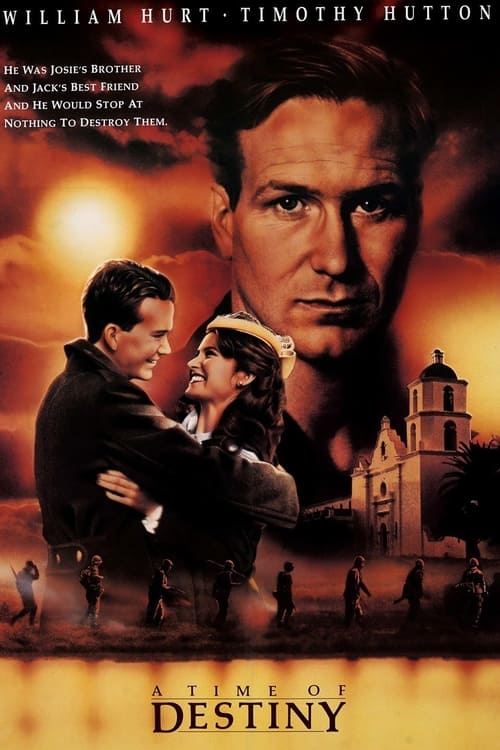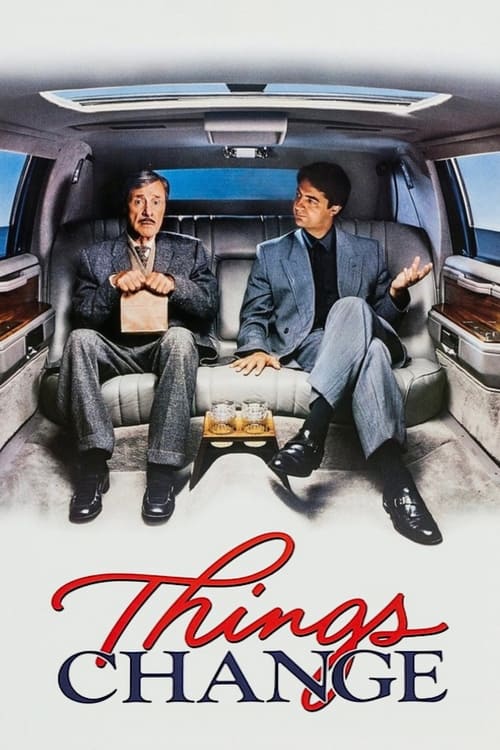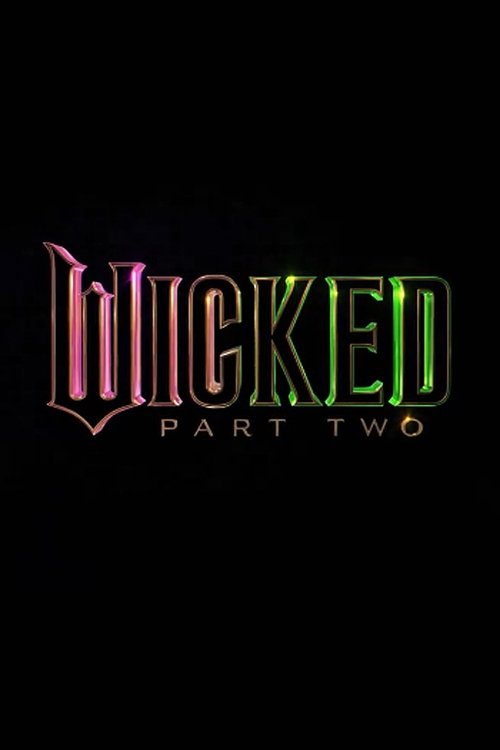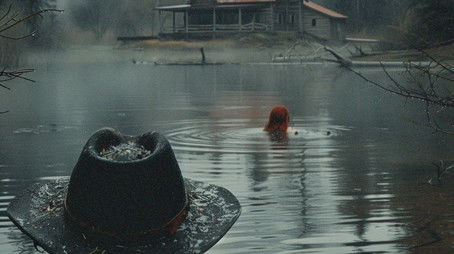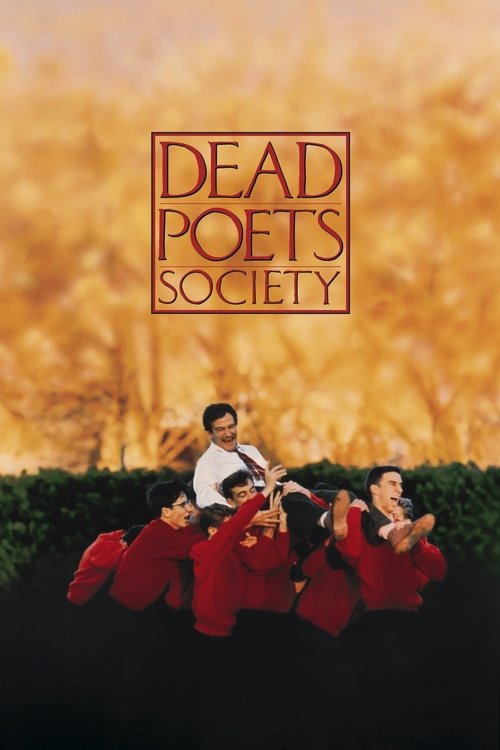
Ask Your Own Question
What is the plot?
As the sun rises over the Indian Ocean, Lieutenant Pete "Maverick" Mitchell and his Radar Intercept Officer (RIO), Lieutenant Junior Grade Nick "Goose" Bradshaw, are on high alert aboard the aircraft carrier USS Enterprise. They are part of a combat air patrol mission, flying the F-14A Tomcat, a symbol of the U.S. Navy's elite airpower. Maverick's reputation as a hotshot pilot is well-known among his peers, and he is about to demonstrate why.
During an interception with two hostile MiG-28s, Maverick showcases his exceptional flying skills by getting a missile lock on one of the enemy aircraft. However, the other MiG locks onto Maverick's wingman, Cougar. Maverick swiftly intervenes, driving off the hostile aircraft, but Cougar is shaken and unable to land safely. Maverick disobeys orders to land first, choosing instead to escort Cougar back to the carrier. This act of loyalty and defiance comes at a cost: Cougar, feeling overwhelmed and concerned about his newborn child, whom he has never seen, resigns his commission and gives up his chance to attend the prestigious Top Gun school at Naval Air Station Miramar.
Maverick and Goose are selected to attend Top Gun in Cougar's place by CAG "Stinger," but not without receiving a reprimand for their disobedience. As they prepare to leave for Miramar, Maverick and Goose visit a local bar, where Maverick attempts to approach a woman but is unsuccessful. Unbeknownst to him, this woman is Charlotte "Charlie" Blackwood, a civilian astrophysicist who will soon become an instructor at Top Gun.
Upon arriving at Top Gun, Maverick learns that Charlie is not only an instructor but also the woman he met at the bar. She is intrigued by Maverick's daring flying style, particularly his inverted maneuver with a MiG-28. This mutual interest sparks a romance between them, adding a personal dimension to Maverick's journey at Top Gun.
At Top Gun, Maverick and Goose face stiff competition from other pilots, including Tom "Iceman" Kazansky, a disciplined and calculating rival who embodies the opposite of Maverick's reckless attitude. The rivalry between Maverick and Iceman is intense, with both pilots pushing each other to excel in the high-stakes environment of Top Gun.
Maverick's first training hop is marked by controversy when he breaks a major rule by flying below 10,000 feet to defeat instructor Lieutenant Commander Rick "Jester" Heatherly. This act of defiance earns him a reprimand from Commander Mike "Viper" Metcalf, the commanding officer of Top Gun. Maverick and Goose further test the limits by buzzing the control tower, a stunt that gets them into more trouble but also solidifies their reputation as daring pilots.
Tragedy strikes during a training exercise when Maverick's jet goes into a flat spin. In the chaos, Goose ejects but tragically hits the aircraft canopy, resulting in his death. This event sends Maverick into a deep emotional crisis, filled with guilt and self-doubt. His confidence is shattered, and he struggles to come to terms with the loss of his friend and RIO.
As Maverick grapples with his emotions, he visits Commander Viper, who reveals a long-held secret: Maverick's father, Duke Mitchell, was a Navy pilot who disappeared under mysterious circumstances during the Vietnam War. Viper encourages Maverick to face his past and move forward, offering him the chance to graduate with his Top Gun class if he wants. However, Maverick's immediate priority is to clear his name and prove himself capable of flying again.
Maverick is eventually called back to active duty, joining Iceman and other pilots on a real combat mission. A reconnaissance plane has been shot down behind enemy lines, and Maverick is tasked with providing air support for the rescue team. This mission becomes his chance for redemption, as he confronts his fears and proves himself in a high-pressure situation.
In the climactic final battle, Maverick and Iceman team up to engage multiple hostile MiG fighters. Maverick's skills are put to the ultimate test as he shoots down two enemy aircraft, saving the rescue team. Iceman takes down the last MiG, cementing their newfound respect for each other and marking Maverick's complete redemption.
With his confidence restored and his guilt finally laid to rest, Maverick returns to Miramar. In a poignant moment, he throws Goose's dog tags into the ocean, symbolizing his closure and acceptance of the past. The film concludes with Maverick flying alongside Charlie, who has come to the airfield to surprise him. This reunion signifies not only their romantic reconciliation but also Maverick's personal growth and newfound balance between his daring spirit and discipline.
As Maverick and Charlie share a moment of joy and understanding, the movie ends on a hopeful note, with Maverick having found peace and a new sense of purpose. The journey of Maverick, from a rebellious pilot to a mature and respected aviator, is a testament to the power of perseverance and redemption.
What is the ending?
In the ending of "Top Gun," Pete "Maverick" Mitchell faces a critical dogfight against enemy aircraft, ultimately proving his skills and earning the respect of his peers. He reconciles with his love interest, Charlotte "Charlie" Blackwood, and finds a sense of closure after the loss of his friend, Nick "Goose" Bradshaw.
As the film approaches its climax, the tension builds when Maverick and his fellow pilots are called into action. The scene shifts to the aircraft carrier USS Enterprise, where the pilots prepare for a mission against enemy MiGs. Maverick, still grappling with the loss of Goose, is determined to honor his friend's memory. The atmosphere is charged with anticipation as the pilots suit up, and the sound of jet engines fills the air.
Once in the air, Maverick and his wingman, Iceman, engage in a fierce dogfight with the enemy aircraft. The camera captures the intensity of the aerial maneuvers, showcasing the skill and bravery of the pilots. Maverick, initially hesitant, finds his confidence as he recalls Goose's words of encouragement. The stakes are high, and the tension is palpable as they navigate through the clouds, dodging enemy fire.
During the battle, Maverick's instincts kick in, and he executes a series of daring maneuvers. He successfully takes down one of the MiGs, showcasing his exceptional flying skills. The scene is filled with dramatic music and close-up shots of Maverick's focused expression, highlighting his transformation from a troubled pilot to a confident leader. Iceman, who had previously been skeptical of Maverick, begins to recognize his talent and bravery.
After the successful mission, the pilots return to the carrier, where they are greeted as heroes. The camaraderie among the pilots is evident as they celebrate their victory. Maverick shares a moment with Iceman, who acknowledges Maverick's growth and skill, solidifying their mutual respect. This moment serves as a turning point for Maverick, as he finally feels accepted among his peers.
The film then transitions to a quieter scene where Maverick seeks out Charlie. They meet on the flight deck, and the tension between them is palpable. Charlie expresses her pride in Maverick's accomplishments, and they share a heartfelt conversation about their feelings for each other. This moment signifies Maverick's emotional growth and his ability to move forward after the tragedy of Goose's death.
In the final scenes, Maverick is seen in the cockpit of his jet, ready for another flight. He reflects on his journey, the friendships he has forged, and the lessons he has learned. The film concludes with Maverick and Charlie sharing a kiss, symbolizing hope and new beginnings. The screen fades to black, leaving the audience with a sense of closure for Maverick's character arc.
As the credits roll, the fates of the main characters are clear: Maverick has emerged as a skilled and respected pilot, Iceman has acknowledged his abilities, and Charlie stands by his side, ready to support him in the future. The film ends on a note of triumph and resilience, encapsulating the spirit of the characters and their journey throughout the story.
Is there a post-credit scene?
In the movie "Top Gun" produced in 1986, there is no post-credit scene. The film concludes with a climactic final sequence where Pete "Maverick" Mitchell, played by Tom Cruise, successfully completes a dangerous mission alongside his fellow pilots. After the intense aerial dogfights and the rescue of his wingman, Goose's widow, Maverick returns to the aircraft carrier, where he is celebrated by his peers.
The final moments of the film feature Maverick and Charlotte "Charlie" Blackwood, played by Kelly McGillis, sharing a romantic moment as they embrace, solidifying their relationship. The iconic song "You've Lost That Lovin' Feelin'" plays in the background, creating a nostalgic and triumphant atmosphere. The screen fades to black, and the credits roll without any additional scenes or content following them.
What is Maverick's real name in the movie?
Maverick's real name in the movie is Pete Mitchell.
What is the name of the aircraft carrier where the Top Gun school is located?
The aircraft carrier is named USS Enterprise.
Who is Maverick's main rival at Top Gun?
Maverick's main rival at Top Gun is Tom 'Iceman' Kazansky.
What is the call sign of Maverick's best friend and Radar Intercept Officer?
Maverick's best friend and Radar Intercept Officer is Nick 'Goose' Bradshaw.
What song plays during the iconic volleyball scene?
The song that plays during the iconic volleyball scene is 'Playing with the Boys' by Kenny Loggins.
Is this family friendly?
In the movie "Top Gun" (1986), there are several scenes and aspects that may be considered objectionable or upsetting for children or sensitive viewers.
-
Mature Themes: The film explores themes of competition, loss, and the pressures of military life, which may be intense for younger audiences.
-
Language: There is frequent use of strong language, including profanity, which may not be suitable for children.
-
Romantic Content: The film features romantic relationships, including scenes of flirtation and intimacy between characters, which may be inappropriate for younger viewers.
-
Violence: There are scenes depicting aerial combat and military training that include moments of danger and tension, which could be distressing.
-
Death: The film addresses the loss of a character, which is portrayed in a serious manner and may be upsetting for sensitive viewers.
-
Alcohol Use: There are scenes that depict drinking and partying, which may not be suitable for younger audiences.
These elements contribute to the film's overall tone and may affect its suitability for family viewing, particularly for younger children.

